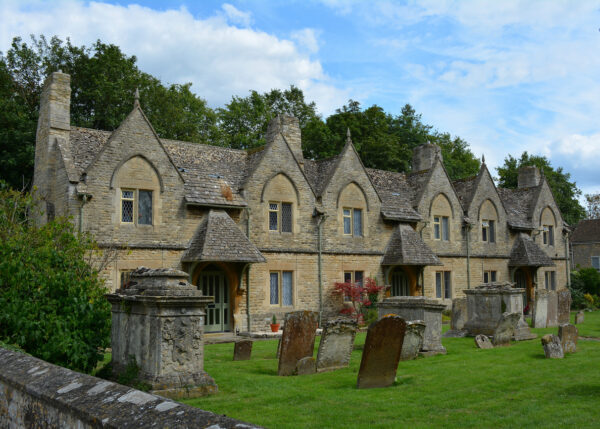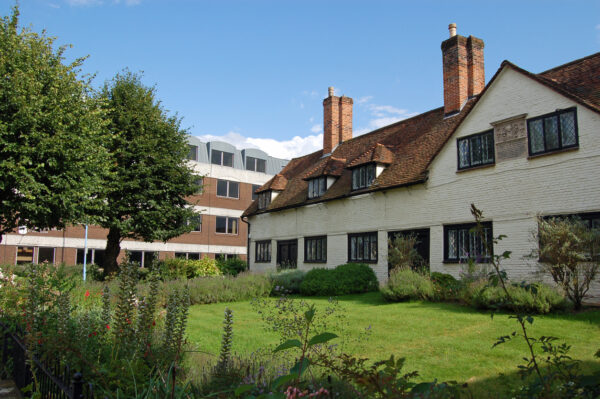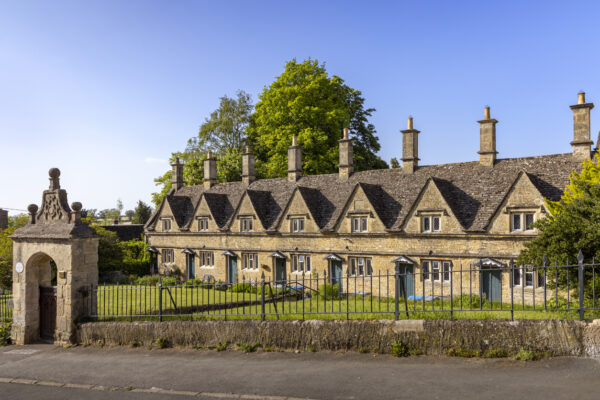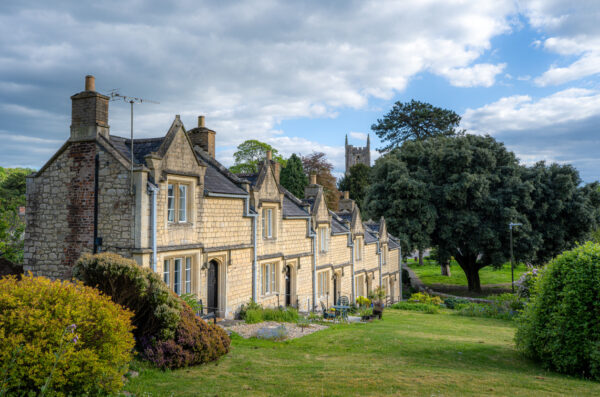
How the court will balance the rights of site owners and telecommunications operators in disputes over the installation of telecommunication equipment
2 December 2020

In a landmark case, the Upper Tribunal declined to impose an agreement against a site provider under the Telecommunication Code 2017. It will be important in circumstances where site owners cannot be adequately compensated for prejudice caused by the installation of telecommunication equipment and the benefit of installing telecommunication equipment does not outweigh the prejudice suffered by the site owner.
This article looks at the case and explains what this means for operators and landowners.
What is the Telecommunication Code 2017?
To understand the significance of the case, let’s firstly look at the Telecommunications Code 2017.
It was implemented to regulate the legal relationship between:
- telecommunication operators and
- landowners and occupiers of land on which operators install their equipment.
It replaced the previous version of the code which was set out in Schedule 2 to the Telecommunications Act 1984. It strengthened the rights of landowners and occupiers of the land.
Under the old code, there were many circumstances where issues would arise for landowners if they attempted to recover possession of land occupied by a telecoms operator. It also gave telecoms companies compulsory access rights and the right to apply for a court order to gain access and install equipment on land without the landowner’s express agreement, provided that certain statutory requirements were satisfied.
Under the new code, such rights are only granted once an operator can satisfy the following two-stage test:
1. Any prejudice suffered by the landowner from the installation of telecoms equipment can be adequately compensated with money.
2. The public benefit of installing such equipment outweighs the prejudice suffered by the landowner.
In the event that a landowner can show the above two stage test has not been satisfied, a court will decline the award of compulsory access rights.
The Dispute
Cornerstone Telecommunications Infrastructure Ltd (Cornerstone) was an authorised operator.
Cornerstone had previously installed apparatus on two sites within the Elephant and Castle shopping centre following an agreement with Elephant and Castle Properties Limited.
However, Cornerstone had to leave those sites because the area was due to be redeveloped. As a result, Cornerstone was seeking another site for its apparatus. Following an assessment, it was recommended that the roof of a building, known as the Elephant and Castle building, which was owned by University of the Arts London, would be a good replacement.
Cornerstone had therefore applied under paragraph 20 of the Code to impose a five year agreement to install and operate telecommunications apparatus on the roof of the Elephant and Castle building.
However, the Elephant and Castle building was also due to be demolished as part of the same development plan, and the University was under a contractual obligation with a developer. The contract included the developer building a new building for the University. In return, the University would hand over its existing building to the developer with vacant possession in five years’ time.
At an interim hearing, the Upper Tribunal imposed upon Cornerstone the rights under paragraph 26 of the Code. This allowed Cornerstone to install the apparatus on the University’s building on an interim basis whilst Cornerstone’s application for rights under paragraph 20 of the Code was determined.
The University stated that due to its contractual obligations with the developer, it could only agree to enter into an agreement with Cornerstone under paragraph 26 of the Code for a period of five years. By entering into such an agreement, the University would overcome the security of tenure otherwise provided to operators under part 5 of the Code.
It was Cornerstone’s position that a five year Code agreement under paragraph 20 should be granted due to the above mentioned two-stage test being satisfied.
Furthermore, Cornerstone argued that by granting an order under paragraph 20, this ensured that the University could not overcome the security of tenure under part 5. It also ensured that if the redevelopment was delayed, Cornerstone would not be required to remove its apparatus from the University’s building and relocate the apparatus back to the original site.
Judgement
At the final hearing, the Upper Tribunal determined that the public benefit test had not been satisfied and that an agreement under paragraph 20 would not be granted. The decision was based on the following factors:
- The risk of litigation proceedings would cause stress and uncertainty for the University and any litigation proceedings would cause reputational damage which could impact on the University’s relationship with the developer, its students and even prospective students. It determined that such prejudices could not be adequately compensated by money.
- The Upper Tribunal further noted that the redevelopment was very likely to go ahead, particularly given the fact that the developer had continued work on the sites during the Coronavirus pandemic and that therefore there was risk of litigation with the developer and/or Cornerstone, which again could lead to reputational damage.
What does this mean for operators and landowners?
The case provides guidance and clarity on the Tribunals approach when considering whether the two-stage test under paragraph 21 applies. This is because it noted that the site provider must establish that the level of prejudice suffered had to be very high to outweigh the public demand for, and dependence upon, the availability of high quality electronic communications.
Previously, site owners often faced a struggle to show that the public benefit test contained in paragraph 21 of the Code did not apply, unless the site occupied by an operator was undergoing development. The judgement handed down by Cornerstone will be welcomed by site owners across the country because it strikes a fair balance between the requirements of the landowner and the requirements of operators.
Many site owners had previously argued that the old code was heavily weighted towards the needs of operators and the need of high quality communications. It is clear that the implementation of the 2017 code was designed to encourage landowners to partake in providing appropriate sites for the installation of the telecoms equipment for the public good. By providing such sites landowners would be adequately compensated for any damage caused. However, by the implementation of the two-stage test, it is clear that the intention behind the Code was not to force a landowner to comply with this responsibility at any cost. There will be times where a balance will need to be struck and it becomes too much of a burden for the landowner.
The Upper Tribunal however did note that the public benefit of receiving high quality communications is even higher today than when the Code was enacted, something that has been inevitably highlighted during the Coronavirus pandemic.










